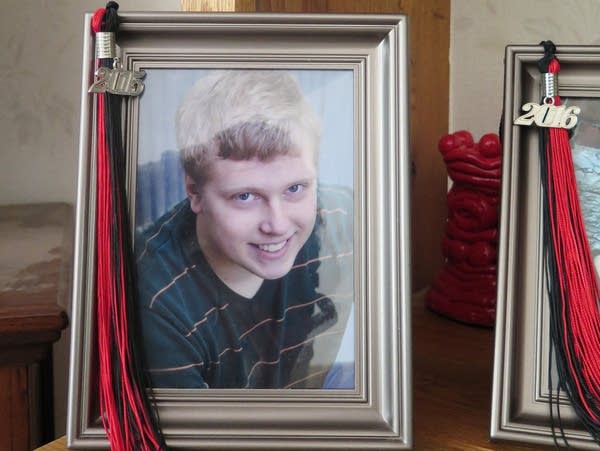A cry for help summoned the police — and ended in his death
One year ago, Keaton Larson was in crisis. He was shot by a police officer who came to help

A photograph of Keaton Larson and his high school graduation tassel are displayed on a shelf at Tessa Andrews's home. Larson, 22, was shot and killed by a police officer responding to a mental health/suicide call in Stillwater in November, 2018.
Alisa Roth | MPR News
Go Deeper.
Create an account or log in to save stories.
Like this?
Thanks for liking this story! We have added it to a list of your favorite stories.


